Increasing Energy Efficiency Requirements
The Heat Exchanger Market is experiencing a notable shift towards energy efficiency, driven by stringent regulations and standards aimed at reducing energy consumption. Governments and regulatory bodies are implementing policies that mandate higher efficiency levels in industrial processes. This trend is particularly evident in sectors such as oil and gas, power generation, and HVAC, where heat exchangers play a critical role in optimizing energy use. As a result, manufacturers are compelled to innovate and develop advanced heat exchanger designs that enhance thermal performance while minimizing energy losses. The market is projected to witness a compound annual growth rate (CAGR) of approximately 6% over the next five years, reflecting the increasing emphasis on energy-efficient solutions.
Rising Industrialization and Urbanization
The Heat Exchanger Market is significantly influenced by the ongoing industrialization and urbanization trends across various regions. As countries continue to develop their infrastructure, the demand for efficient heating and cooling systems is surging. Industries such as chemical processing, food and beverage, and pharmaceuticals are expanding, necessitating the use of heat exchangers to manage thermal energy effectively. Furthermore, urbanization leads to increased energy consumption in residential and commercial buildings, further driving the need for efficient heat transfer solutions. According to recent estimates, the industrial sector alone accounts for nearly 40% of the total heat exchanger demand, indicating a robust growth trajectory in the coming years.
Growing Demand for Renewable Energy Sources
The Heat Exchanger Market is increasingly driven by the growing demand for renewable energy sources, such as solar, wind, and geothermal energy. As nations strive to transition towards sustainable energy systems, the need for efficient heat transfer solutions becomes paramount. Heat exchangers are essential components in renewable energy applications, facilitating the conversion of thermal energy into usable power. For instance, in solar thermal systems, heat exchangers are utilized to transfer heat from solar collectors to storage tanks. The renewable energy sector is anticipated to expand significantly, with investments projected to reach trillions of dollars over the next decade, thereby creating substantial opportunities for heat exchanger manufacturers.
Technological Innovations in Heat Exchanger Design
The Heat Exchanger Market is witnessing a wave of technological innovations that are reshaping the landscape of heat transfer solutions. Advancements in materials science, such as the development of corrosion-resistant alloys and enhanced surface coatings, are enabling the production of more durable and efficient heat exchangers. Additionally, the integration of smart technologies, including IoT and automation, is facilitating real-time monitoring and optimization of heat exchanger performance. These innovations not only improve operational efficiency but also extend the lifespan of equipment, thereby reducing maintenance costs. The market is expected to benefit from these technological advancements, with a projected increase in the adoption of high-performance heat exchangers across various sectors.
Expansion of the Chemical and Petrochemical Industries
The Heat Exchanger Market is significantly bolstered by the expansion of the chemical and petrochemical industries, which are critical consumers of heat exchangers. As these industries grow, driven by increasing demand for chemicals and fuels, the need for efficient heat management systems becomes more pronounced. Heat exchangers are vital in various processes, including distillation, cooling, and heat recovery, ensuring optimal thermal efficiency. Recent data indicates that the chemical sector alone accounts for over 30% of the total heat exchanger market share. This trend is expected to continue, with the chemical and petrochemical industries projected to grow at a CAGR of around 5% in the coming years, further enhancing the demand for heat exchangers.
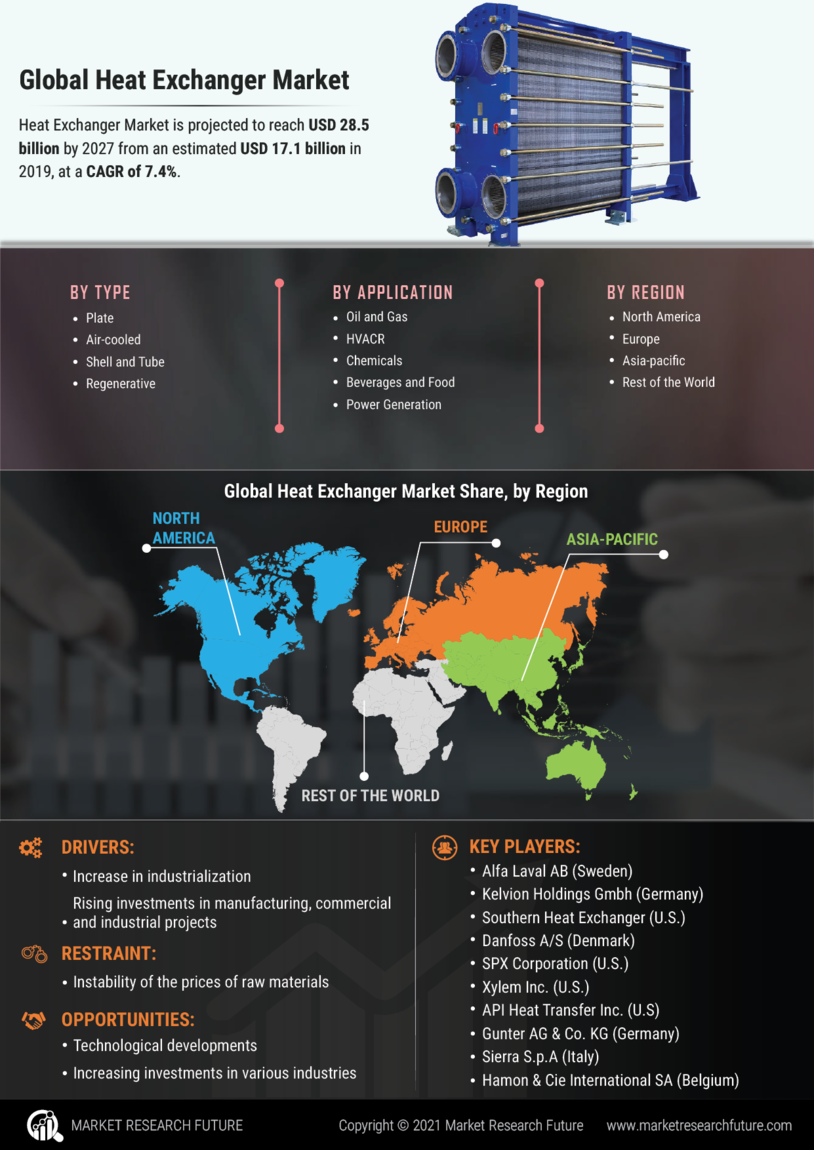

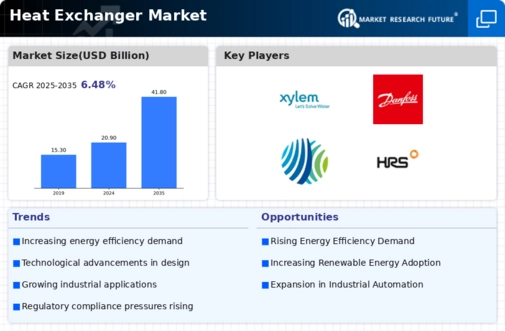
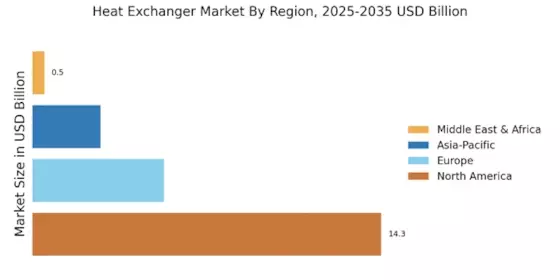
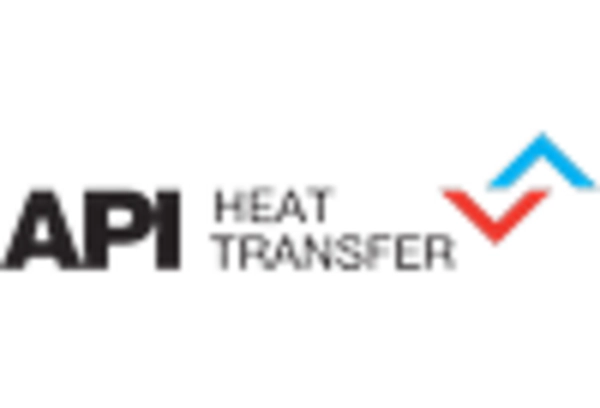

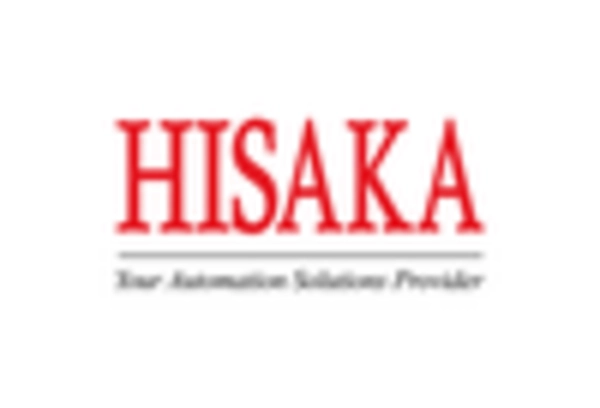
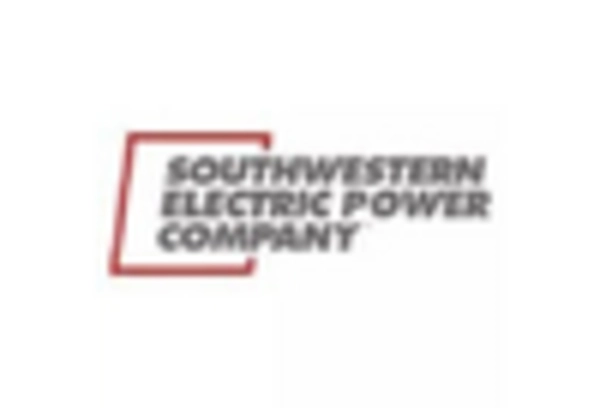
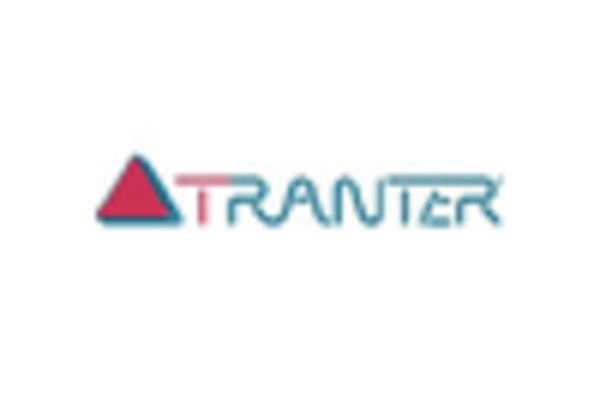
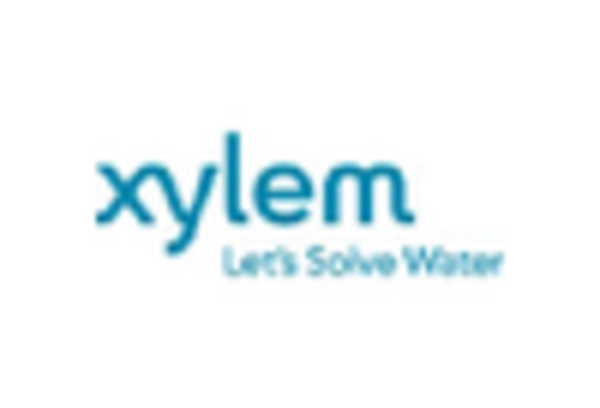








Leave a Comment